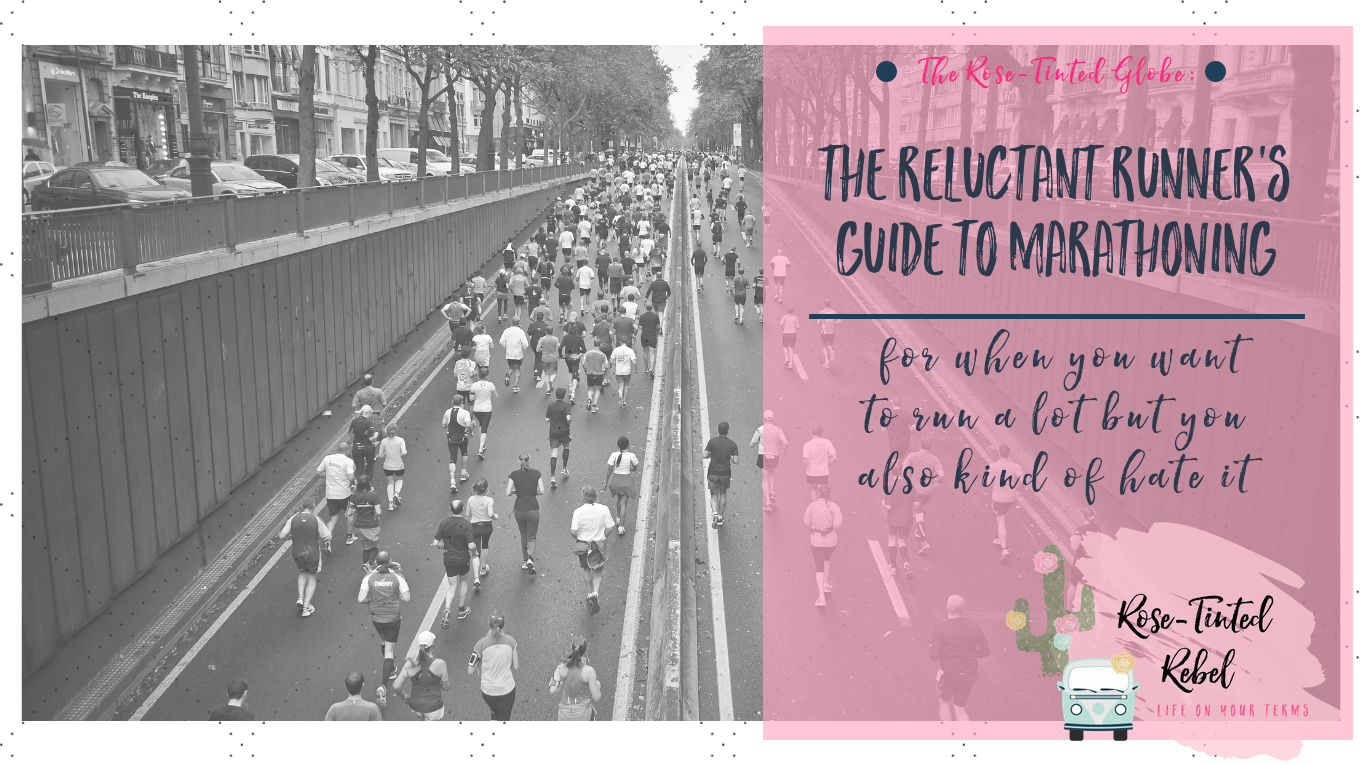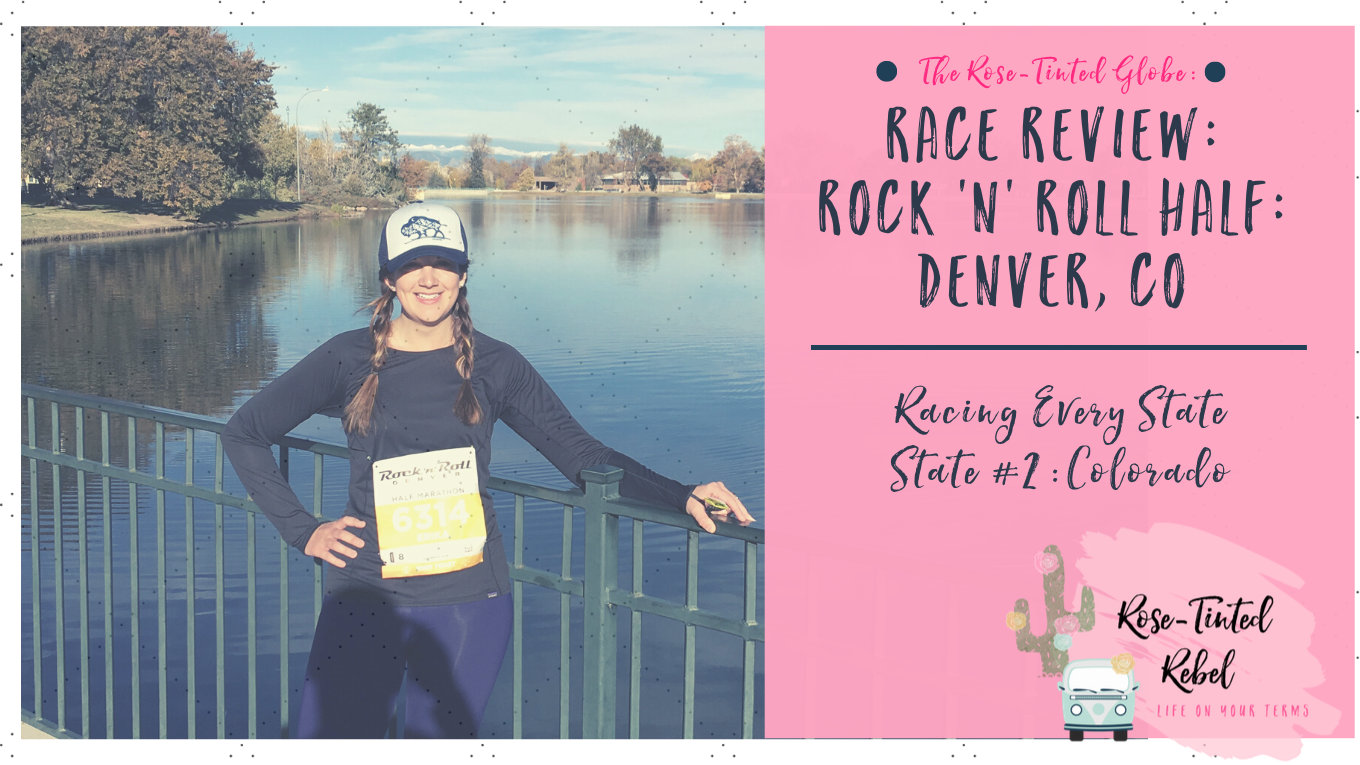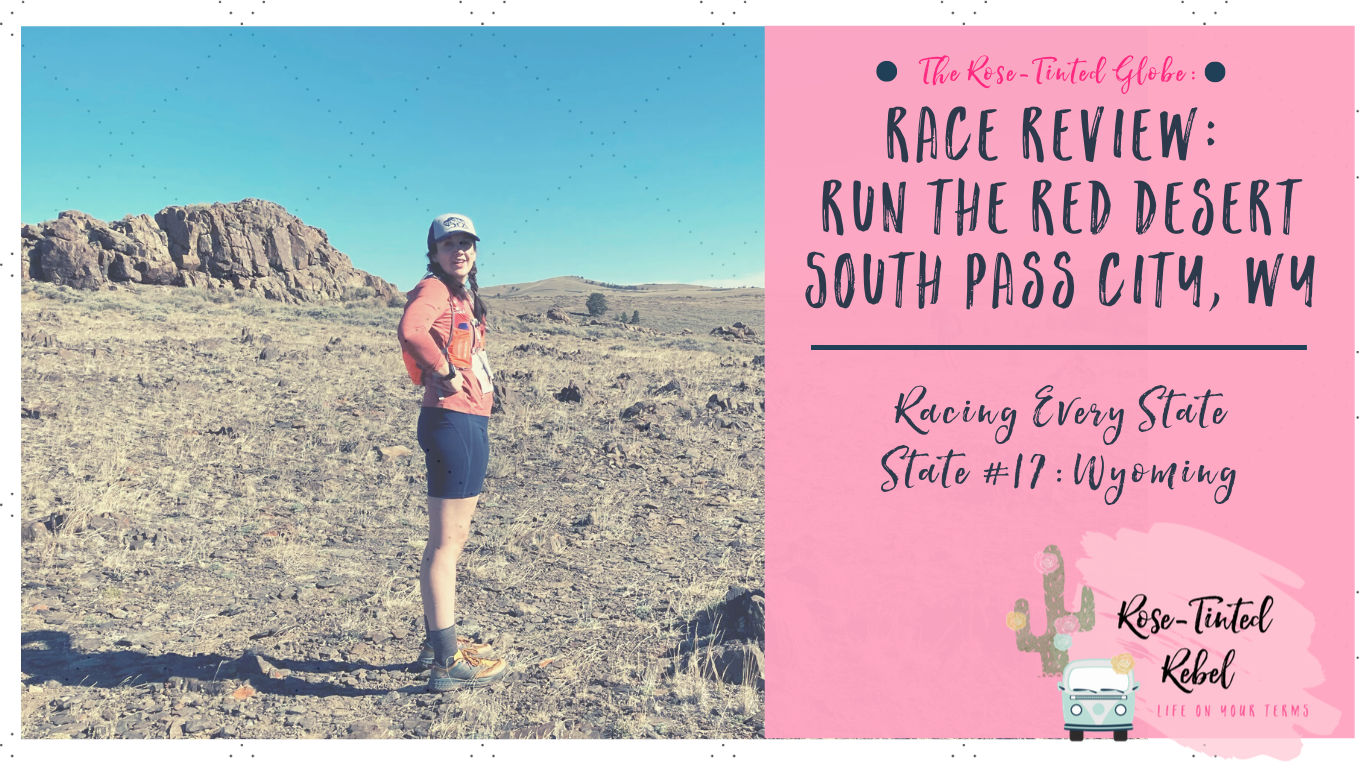I know, I know…you’re probably thinking, “Um, reluctant runners don’t run marathons, right?” If you’d asked me that a year ago I would have nodded my head enthusiastically and made a joke about only running if being chased. You know, the usual.
The truth is, even though I’ve now run about 10 Half Marathons, a number of 5Ks, 10Ks, and Quarter Marathons, and finished my first Full Marathon, I still consider myself a very reluctant runner. I don’t wake up every single day and feel the need to run in my bones. I still feel doubt when I show up to the start line on race days. I frequently worry that I am the slowest runner in every race. Most days I think of all the things I’d rather be doing than going for a run.
But I’m here to tell you that even if you are a reluctant runner, a marathon can be in the cards for you. It will definitely take some effort; I would never deny that. If you are used to slacking off and skipping training runs for a few days (or weeks), you’re going to have to work on your consistency. If you’re used to running with less than optimal mental capacity or running with just a plain craptastic attitude, you’re going to have to work through that. Marathoning, and almost more so marathon training, requires 100% of your mind to be focused, determined, and working with your body, not against it.
So if you’re feeling a little less reluctant and a little more like adding “marathon finisher” to your list of accolades, here are a few tips from my own first marathon training experiences. Enjoy!
Start with One Mile.
I know this seems extremely basic, but I’m going to add a few caveats. Obviously if you’ve never run before or if you haven’t run in years you are going to want to start very small. You have to build up your mileage from the first mile, but you also can’t get to big mileage unless you run that first mile.
This idea doesn’t stop even when you’ve built up to your first twenty-miler. There will be days (I guarantee it) when you don’t want to run. You’ll think, “maybe I can just skip this one and run longer tomorrow” or “my legs are a little sore, maybe I should rest”. This is the point when you commit to one mile. Get dressed, get out, and run one single mile. Eight times out of ten you will keep going after that first mile and often you’ll end up doing your planned mileage.
If you decide after one mile that you just aren’t feeling it or it’s not in the cards today, that’s okay. You got out for a mile. You went through the motions of getting ready for a run. You created that muscle memory that will help you keep creating a running habit. One mile is better than no miles.
The “Out-and-Back” is your best friend.
If you’ve exhausted your “start with one mile” strategy and now need to take even more drastic measures, may I suggest the “out-and-back”. “Out-and-back” refers to the route you will run. Basically, you run away from your house or other starting place until you get about halfway through your planned mileage. Then, you turn and run back to the start.
An out-and-back run may not be your favorite route and it probably won’t be the most mentally stimulating. The beauty of an out-and-back run is that once you are halfway through your miles, you literally have no choice but to turn and go back, even if it means you’ll have to walk some of your miles. You have to make it back to your house somehow, so unless you’re planning to call an Uber, you’ll have to hoof it back, which means you will have to successfully complete your miles.
I’ve used an out-and-back only when absolutely necessary, but I can’t deny that it’s an effective strategy. What are you going to do, sit down and wait for a ride? Nope. Even if I’m ten times slower on the way back in, I always complete my miles.
Use Races as Training Runs.
This is a pricey strategy, I admit, but it’s also one that works. It’s almost guaranteed that you won’t back out of running because you’ve already paid the race fee. You might even surprise yourself and run slightly faster than training speed because of all the adrenaline from the race experience.
Just don’t push it too hard and get injured; you have to remember that although a race, this is a “training run” for you. Save your big push for the race that you’re tricking yourself into training for.
Get a “Halfway” Running Buddy.
Quite possibly my favorite running trick is to have someone do exactly half of my long runs with me. In the case of my marathon training, this person was often my husband. I’d go out for the first half of my long runs, making sure that the halfway point matched up with my house. When I arrived back at the house, I was able to grab a drink of water, pet my dog, get nutrition if I needed it, and then go out for the second half of my run with a buddy.
This strategy works because your “halfway” buddy has fresh legs so they can keep you energized. You may also feel the need to keep up with them, causing you to run faster, and possibly resulting in a negative split. The tiny mental break you’ll get from pausing, even momentarily, and then restarting your run can also give you a burst of energy.
Even when B wasn’t available to run with me, I used a stand-in version of the “halfway” buddy: I listened to music or an audio book, but ONLY for the second half of my run. I’d start out with total mental clarity and just focus on enjoying the experience of my run, and when I started to lag, I plugged into my phone for a little boost.
This actually worked really well, especially when I started listening to books about athletes or runners. I swear I ran a full minute faster while listening to Scott Jurek’s books. If he can keep running an ultramarathon after spraining his ankle, I can surely finish my 5-mile run.
So there you have it: my tips for reluctant runners, from a very reluctant runner herself. If you’ve read the above post carefully (or any of my other posts where I write about running), you know that I’m no expert and I’m certainly not going to be winning races any time soon. Or ever, probably.
But I am a once, and often still, reluctant runner who not only has successfully finished a marathon, but who wants to continue running and entering races, so I hope you’ll find at least one of these tips from my experience equally helpful to your own running journey.
Have any other tips that I should try? Let me know!





